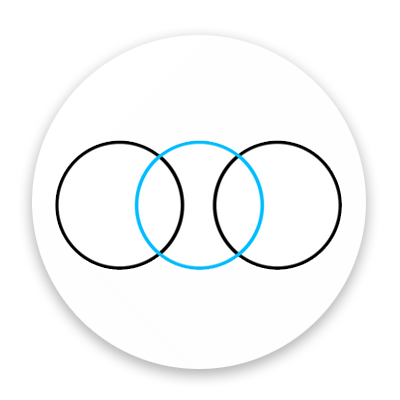'Telematic art is a descriptive of art projects using computer mediated telecommunications networks as their medium.'
'In 1977 'Satellite Arts Project' by Kit Galloway and Sherrie Rabinowitz[4] used satellites to connect artists on the east and west coast of the United States. This was the first time that artists were connected in a telematic way. With the support of NASA the artists produced composite images of participants, enabling an interactive dance concert amongst geographically disparate performers.'
TimeLapse
'A simultaneous performance in Las Vegas and Weston-Super-Mare using the internet as the stage for interaction.'
Weston College, Weston-Super-Mare, UK and the University of Nevada, Las Vegas, USA.
A broken broadcast, out of hours, from a triumvirate of tangled voices. A fading workshop, site of ritual and wires. A conversation in a crowded room. A slick loop of loops. Documentation of a live performance broadcast from Bristol, UK to Vox Populi in Philadelphia on the night of Thursday 26/Friday 27 January, 2012. Part of 'Rhythms of Time-Sharing' curated by KIOSK Collective, London. The Collect is Anna Searle Jones and Victoria Tillotson, with Nemia Maclachlan, Phil Owen, Benjamin Arthur Owen, Al Cameron and others. Video by Richard Edkins.
Connecting Cities: Participatory City 2014 PAUL SERMON & CHARLOTTE GOULD (BASED IN BRIGHTON, UK) OCCUPY THE SCREEN, 2014 Occupy the Screen builds on the practice-based research and development of a former installation Picnic on the Screen originally developed for the BBC Public Video Screen at the Glastonbury Festival of Performing Arts, UK, in 2009. In this new project Paul Sermon and Charlotte Gould have carefully considered the technical and conceptual aspect of the former work, to develop an original site-specific work for Connecting Cities. This new installation pushes the playful, social and public engagement aspects of the work into new cultural and political realms in an attempt to ‘reclaim the streets and screens’ through new technical developments in ludic interaction, camera recognition and HD videoconferencing. Inspired in part by 3D street art, the motivation behind this proposal also comes from the historical films of Lumière contemporaries, Mitchell & Kenyon, whose films of public crowds in the 1900’s present a striking similarity to the way audiences react and respond in Sermon & Gould’s telematic urban screen installations. These pioneering fairground screenings of audiences filmed earlier the same day possess all the traits, albeit the latency in processing, of live telepresent interaction, whereby the audience play directly to the camera and occupy this new public space by performing to themselves and others when screened later. The installation functions equally as a single site installation between two separate audience groups in front of a single public screen or between two geographically distant audiences at separate screens. Using a familiar telematics technique, the installation takes live oblique camera shots from above the screen of each of these two audience groups, located on a large 100m2 blue ground sheet and combines them on screen in a single composited image. The backgrounds to the audiences’ actions will directly reference their social setting and range from simple retro dance floors that light up like coloured paving slabs as they step on them to complex animations, trails, destruction, decay, games, and 3d graffiti etc. as a result of the participant’s movements and the interaction of the remote audiences. www.connectingcities.net/ Film by Xar Lee
